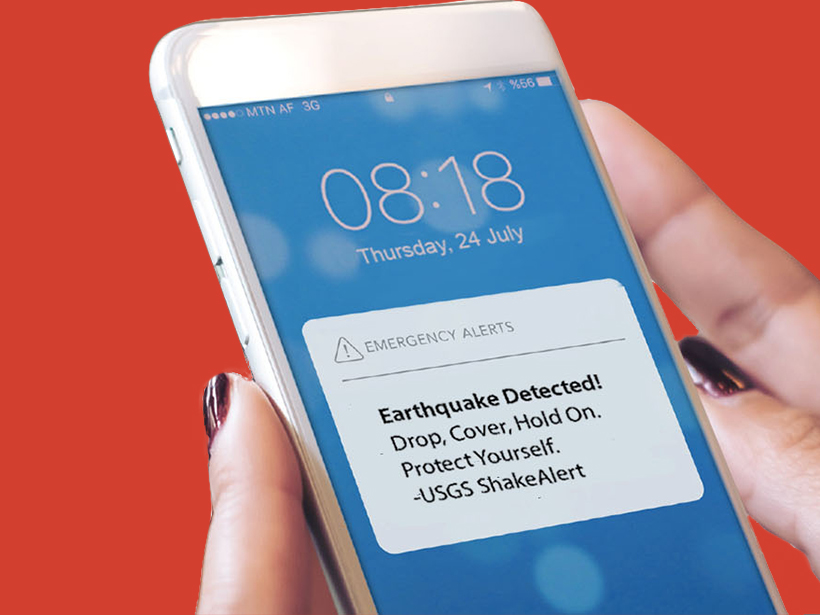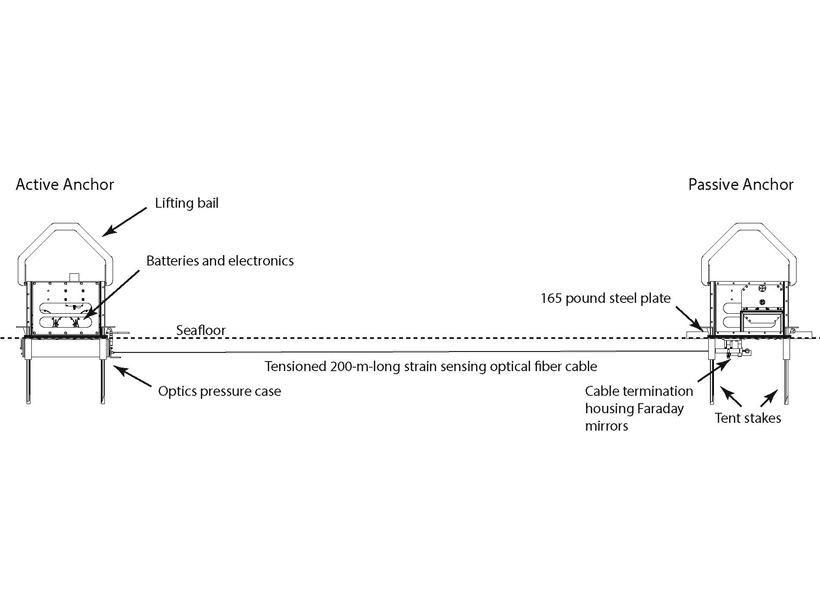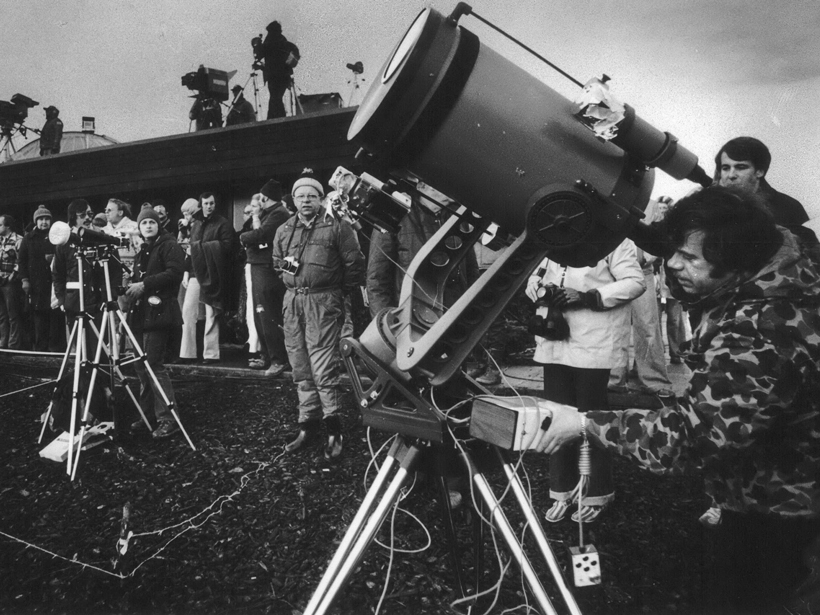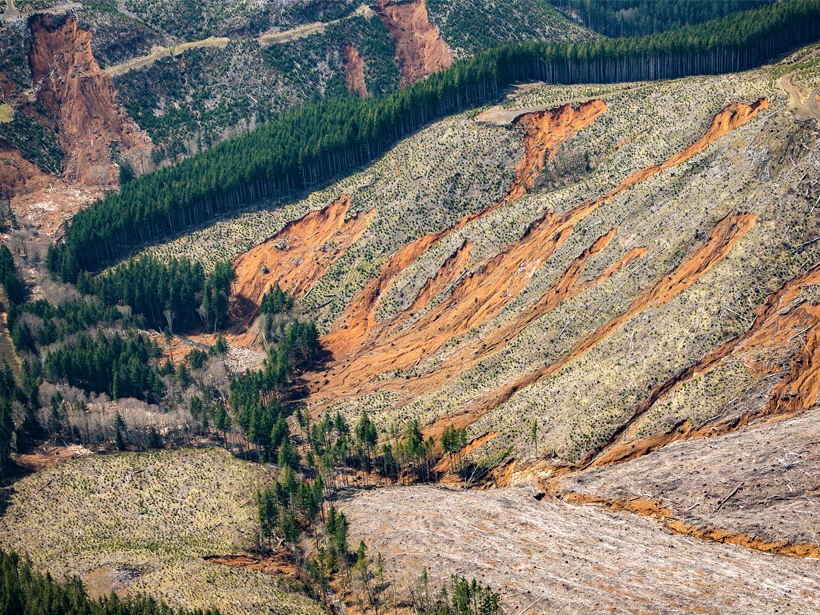The Cormorant Oceanography Project is using sensors deployed on diving marine birds to collect broadly distributed oceanographic data in coastal regions around the world.
Oregon
Earthquake Alerts Go Live in the Pacific Northwest
Oregon and Washington residents will receive an alert on their cell phones if they are in danger from an incoming quake.
Successful Testing of Technique to Measure Seafloor Strain
A new optical fiber interferometry strain sensor tested off the Oregon coast holds promising prospects for seafloor geodesy.
Audio Reveals Sizes of Methane Bubbles Rising from the Seafloor
A sensitive underwater microphone captures the sounds of methane, a potent greenhouse gas, escaping into waters off the coast of Oregon. Using this sound, researchers can estimate the bubbles’ sizes.
Small Towns Brace for Historic Eclipse Crowds
Some towns have known for a decade to prepare; others learned as little as a year ago about the event and what it might bring to their locale.
Controversial Pacts Aim for Dam Removals on Western U.S. River
New agreements regarding the Klamath River in Oregon and California would enable the largest U.S. dam removal project ever. Critics say water quality will suffer, decry hydropower loss.
What Are Scientists Doing off the Oregon Coast in Winter?
Social media and the value of communicating field experiences to the public
Efficiently Predicting Shallow Landslide Size and Location
New mathematical approach lets researchers analyze potentially unstable slopes in three dimensions without testing every possible landslide shape.
Traces of Glass-Eating Microbes Found in Ancient Lake Bed
A serendipitous discovery of tiny tunnels in lava that cooled rapidly under fresh water could help scientists search for life on Mars.
Oregon Earthquakes Increase Local Landslide Risk
Researchers investigate the strength of Oregon’s coastal hillsides in the face of an earthquake.










